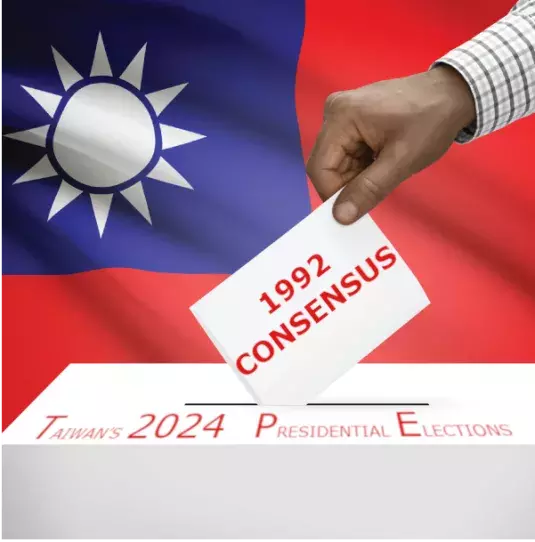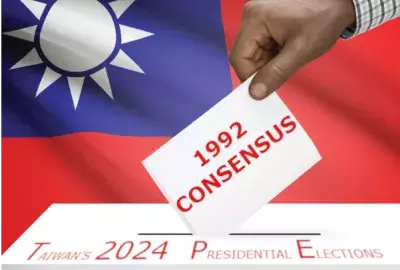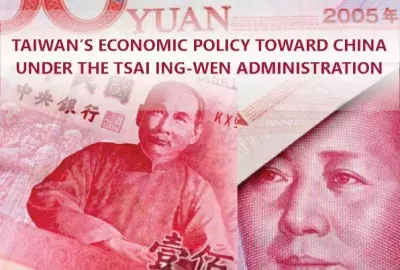Error message

Part of the Washington-Taipei-Beijing Relations Occasional Paper Special Series

Having suffered consecutively from two national electoral losses in 2016 and 2020 to the Democratic Progressive Party (DPP), the Kuomintang (KMT) has been unable to settle on a strategically sound position to cope with the People’s Republic of China (PRC)’s determination to unify with Taiwan, formally known as the Republic of China (ROC), instead opting to grapple with a vague formula known as the 1992 Consensus to maintain ties with the Chinese Communist Party (CCP).
As of this writing, the KMT’s prospect to recover Taiwan’s presidency in 2024 remains uncertain, though not unlikely. If it wins, however, the party’s relatively more conciliatory positions on China may still place Taiwan at odds with the national interests of the island democracy’s chief security backer, the United States, which is now locked in an intense struggle for power with the PRC. Since 2016, though the KMT has strived to redefine its framing of the 1992 Consensus, it has failed to escape from its One-China precept that has become so sensitive given China’s President Xi Jinping had equated, in 2019, the political formulation with the PRC (as well as the “one country, two systems” formula).
This paper sets out to analyze the changing cross-strait perspectives on the 1992 Consensus, as conceived by the KMT, DPP, and the Taiwan People’s Party (TPP), and attempts to assess their implications on Taiwan’s three-way presidential race in January 2024—pitting the KMT’s Hou Yu-ih against the DPP’s Lai Ching-te as well as the TPP’s Ko Wen-je. The stakes are high given Taiwan’s democratic identity and command of cutting-edge chip technology, which could significantly affect the balance of power between Washington and Beijing.
Part of the Washington-Taipei-Beijing Relations Occasional Paper Special Series

Having suffered consecutively from two national electoral losses in 2016 and 2020 to the Democratic Progressive Party (DPP), the Kuomintang (KMT) has been unable to settle on a strategically sound position to cope with the People’s Republic of China (PRC)’s determination to unify with Taiwan, formally known as the Republic of China (ROC), instead opting to grapple with a vague formula known as the 1992 Consensus to maintain ties with the Chinese Communist Party (CCP).
As of this writing, the KMT’s prospect to recover Taiwan’s presidency in 2024 remains uncertain, though not unlikely. If it wins, however, the party’s relatively more conciliatory positions on China may still place Taiwan at odds with the national interests of the island democracy’s chief security backer, the United States, which is now locked in an intense struggle for power with the PRC. Since 2016, though the KMT has strived to redefine its framing of the 1992 Consensus, it has failed to escape from its One-China precept that has become so sensitive given China’s President Xi Jinping had equated, in 2019, the political formulation with the PRC (as well as the “one country, two systems” formula).
This paper sets out to analyze the changing cross-strait perspectives on the 1992 Consensus, as conceived by the KMT, DPP, and the Taiwan People’s Party (TPP), and attempts to assess their implications on Taiwan’s three-way presidential race in January 2024—pitting the KMT’s Hou Yu-ih against the DPP’s Lai Ching-te as well as the TPP’s Ko Wen-je. The stakes are high given Taiwan’s democratic identity and command of cutting-edge chip technology, which could significantly affect the balance of power between Washington and Beijing.







